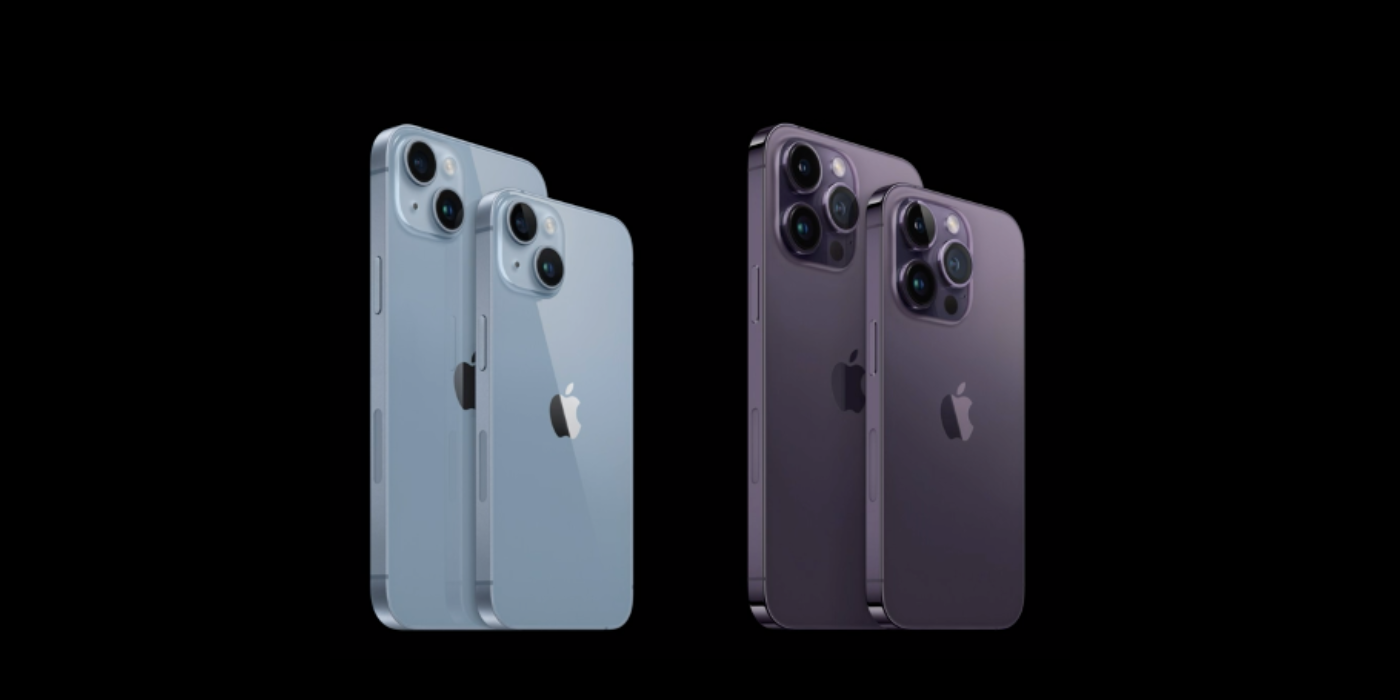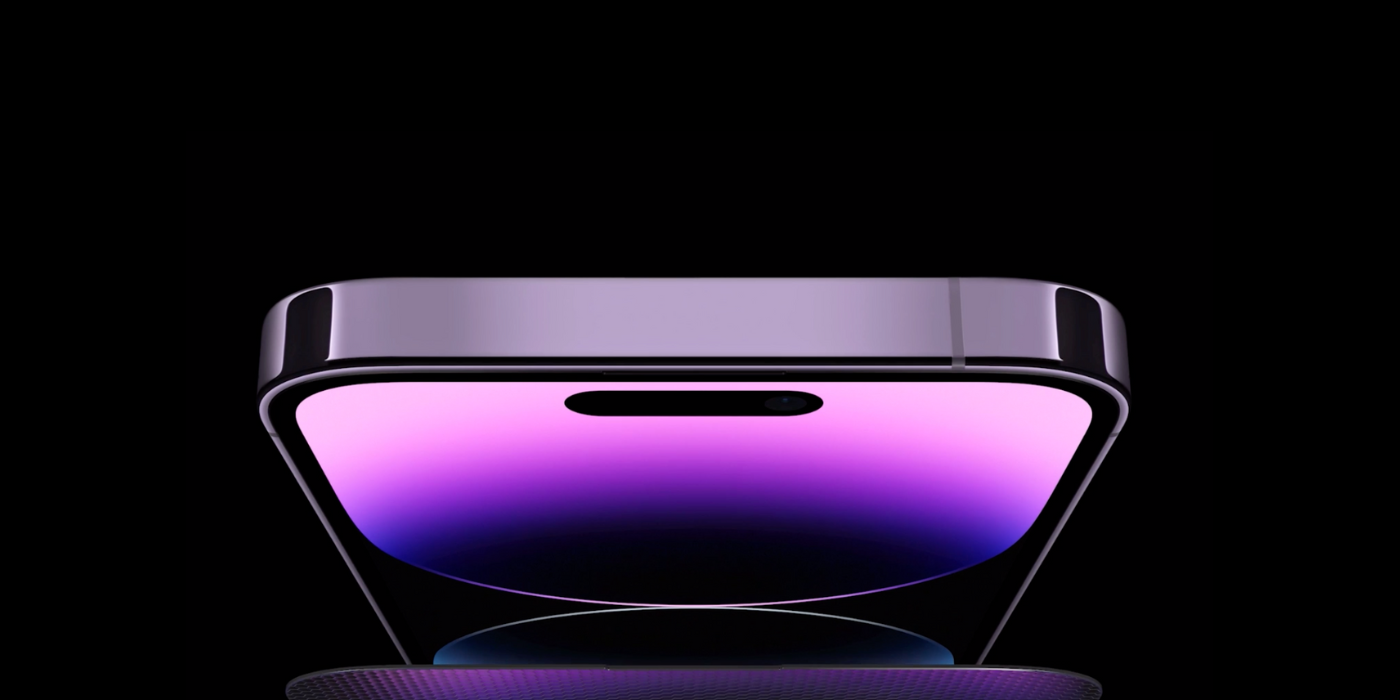The iPhone 14 and iPhone 14 Pro Max are here, but should you buy the standard iPhone or pay $300 more for the top-end Pro variant? Over the last two generations, Apple has brought the heat to other phone brands. The only choices for Apple's most devoted customers are choosing between standard and Pro devices and deciding whether it's time to upgrade.
During Apple’s ‘Far Out’ event, the company dropped the details on three big product lines – the next generation of iPhones, AirPods, and the Apple Watch. While there were plenty of rumors surrounding each device, there were still a few surprises for those tuning in. Last year, the iPhone received some powerful upgrades, with the iPhone 13 Pro models dominating the standard and mini versions. Once again, the iPhone 14 Pro has gained the most exciting features, but that doesn’t mean the iPhone 14 should be entirely dismissed.
The iPhone 14 and iPhone 14 Pro Max feature 6.1-inch and 6.7-inch Super Retina XDR displays, respectively. However, the iPhone 14 gets a lower peak brightness of 1,200 nits, compared to the iPhone 14 Pro Max's 2,000 nits (outdoors). Additionally, the iPhone 14 Pro Max features a 120Hz refresh rate, while the iPhone 14 sticks to the standard 60Hz. The iPhone 14 Pro models also eliminate the wide notch in favor of the Dynamic Island, a pill-shaped cutout that hides the front camera and Face ID sensors, and doubles up as a discreet notification bar too. Another new feature exclusive to the Pro iPhones is the Always On display, which lets users view essential information on the lock screen without sacrificing too much battery life.
Should You Play It Safe Or Go Big?
The display isn't the only area where the iPhone 14 and iPhone 14 Pro Max differ. While the former retains the A15 Bionic chip of the iPhone 13 series, the iPhone 14 Pro is powered by the new A16 Bionic chip, bringing faster speeds and smoother operation. Both phones come with the same storage options, but the iPhone 14 Pro Max offers an additional 1TB version. All the iPhone 14 models feature an IP68 water-resistance rating.
As for the cameras, the iPhone 14 improves upon the iPhone 13's 12MP primary camera with a larger f/1.5 aperture. The iPhone 14 Pro Max on the other hand gets an all-new 48MP main camera. The sensor uses pixel binning to output 12MP photos, but users can shoot in full resolution if they prefer. Both the iPhones feature a 12MP ultra-wide camera, although the iPhone 14 Pro Max also includes a third 12MP telephoto sensor. All the iPhone 14 models get an upgraded autofocus front camera and the new 'Photonic Engine' that improves image quality in lower lighting. Coming to the color options, iPhone 14 comes in Blue, Purple, Midnight, Starlight, and (Product) Red, while the iPhone 14 Pro Max is available in Deep Purple, Gold, Silver, and Space Black shades.
The iPhone 14 starts at $799, while the iPhone 14 Pro Max starts at $1,099. There's a $300 difference in the price of each variant, so which one should you buy? The iPhone 14 Pro Max gets most of the upgrades, including the Dynamic Island notch, Always On display, 120Hz refresh rate, faster A16 Bionic chipset, and powerful 48MP camera. The iPhone 14 misses out on all these features, but gets some upgrades such as the new Crash Detection and Satellite Emergency SOS features. For most users, saving money and buying the iPhone 14 (or iPhone 14 Plus, if a bigger display and battery are important) seems like the sensible choice. For those who want the most advanced features, particularly when it comes to cameras, the iPhone 14 Pro Max is worth the investment.


